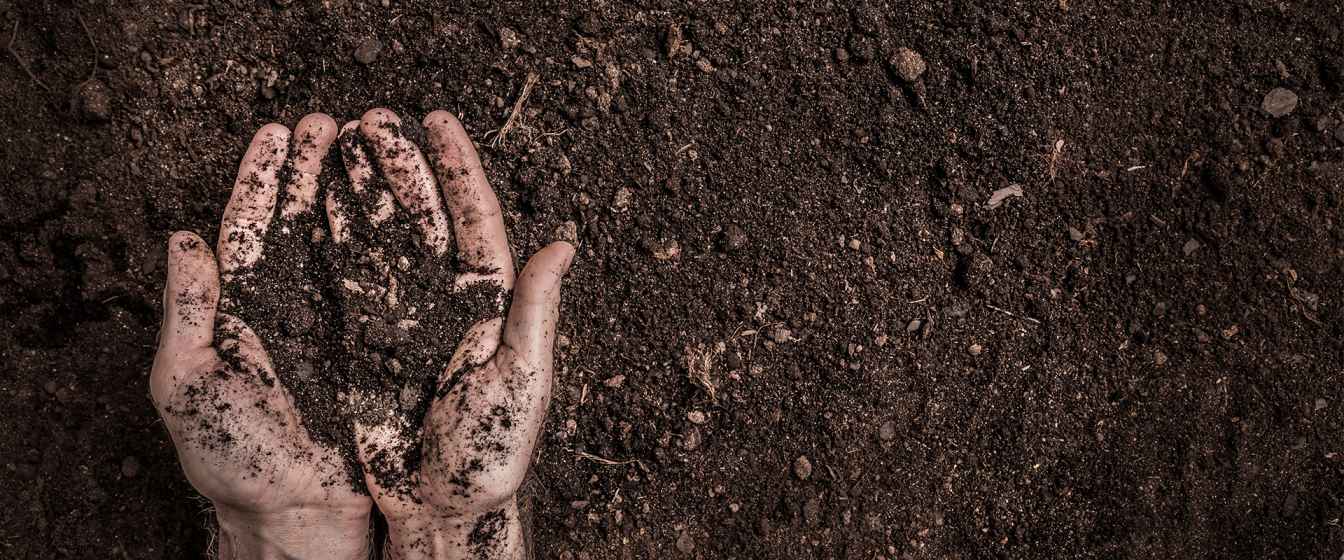Get a Head Start on White Mold
Apr 20, 2020

If you’ve grown soybeans for any amount of time you’ve probably had some experience with white mold. White mold is a fungal disease that infects soybean plants when they are flowering and can infect seeds later. This disease causes yield loss by reducing seed number and weight in the pod. Information from the North Central Soybean Research Program suggests for every 10% increase in disease incidence, yield is reduced by two to five bushels. This means if you observe 100 plants and 50 are infected, the disease incidence would be 50%. Using that percent, the potential yield loss would be 10-25 bushels. White mold can also reduce seed quality and contribute to higher FM numbers at the elevator.
Conditions that favor white mold germination are shaded, moist areas with a temperature range of 40-60 degrees. Germination produces millions of spores called ascospores, which are what infects the plant at flowering. Conditions favoring infection are maximum daily temps below 85 and moisture from fog, dew, humidity, or rain. White mold can live in soil or on residue for roughly 7-10 years according to research done by Penn State Extension. Some good news is white mold usually only occurs in spots within the field and not on a full field scale.
It’s important to remember that there are only preventative products and steps to take, there is no rescue treatment after a plant has been infected. A newer product that we have using at Allied Agronomy is a biological seed treatment called Heads Up. Heads Up is the first EPA registered biological seed treatment for both white mold and SDS. Trial data from Iowa State Extension has concluded about a 9 bushel yield increase and reduced severity of infection by 13% over untreated check. Remember, this data is for where white mold is present and not on full field scales. A minimum of 2-3 year rotation to a non-host crop can be effective in reducing disease incidence as well. Lower plant population and wider row spacing can influence disease incidence, but doesn’t always increase yields. Weed control can be a big factor in controlling white mold. Weeds such as Canada thistle, cocklebur, lambsquarter, common ragweed, dandelion, redroot pigweed, and wild mustard are all host crops for white mold. Rotation away from soybeans will help, but not if the weed control is subpar. Some soybean varieties have resistance bred into them, but no variety is completely resistant. Variety resistant testing conditions and scoring methods vary across the seed industry, keep this in mind when evaluating variety resistance scores.
White mold is a hard disease to control and can have prolonged effects on your fields. Management is best used on a field by field basis and kept in mind throughout your crop rotation on those fields. If you have questions about what you can do to prevent white mold in your fields, give your local Allied Agronomy agronomist a call today.
This article is an opinion and not a base for trade decisions. Allied Agronomy and the author are not responsible for decisions made based on this article.
Conditions that favor white mold germination are shaded, moist areas with a temperature range of 40-60 degrees. Germination produces millions of spores called ascospores, which are what infects the plant at flowering. Conditions favoring infection are maximum daily temps below 85 and moisture from fog, dew, humidity, or rain. White mold can live in soil or on residue for roughly 7-10 years according to research done by Penn State Extension. Some good news is white mold usually only occurs in spots within the field and not on a full field scale.
It’s important to remember that there are only preventative products and steps to take, there is no rescue treatment after a plant has been infected. A newer product that we have using at Allied Agronomy is a biological seed treatment called Heads Up. Heads Up is the first EPA registered biological seed treatment for both white mold and SDS. Trial data from Iowa State Extension has concluded about a 9 bushel yield increase and reduced severity of infection by 13% over untreated check. Remember, this data is for where white mold is present and not on full field scales. A minimum of 2-3 year rotation to a non-host crop can be effective in reducing disease incidence as well. Lower plant population and wider row spacing can influence disease incidence, but doesn’t always increase yields. Weed control can be a big factor in controlling white mold. Weeds such as Canada thistle, cocklebur, lambsquarter, common ragweed, dandelion, redroot pigweed, and wild mustard are all host crops for white mold. Rotation away from soybeans will help, but not if the weed control is subpar. Some soybean varieties have resistance bred into them, but no variety is completely resistant. Variety resistant testing conditions and scoring methods vary across the seed industry, keep this in mind when evaluating variety resistance scores.
White mold is a hard disease to control and can have prolonged effects on your fields. Management is best used on a field by field basis and kept in mind throughout your crop rotation on those fields. If you have questions about what you can do to prevent white mold in your fields, give your local Allied Agronomy agronomist a call today.
This article is an opinion and not a base for trade decisions. Allied Agronomy and the author are not responsible for decisions made based on this article.